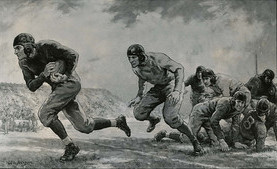
Newton’s Football (start time 5:45) This Sunday the Denver Broncos face the Seattle Seahawks in the Super Bowl, so we thought we’d bring you a scientific perspective on the game of football. How on Earth’s Ted Burnham talks with the co-authors of the book Newton’s Football: The Science Behind America’s Game, journalist Allen St. John and science evangelist Ainissa Ramirez.
 Strontium Clock (start time 14:10) We’ve got a full-house of physicists in the studio today to help us understand the new timepiece and why it’s important. Travis Nicholson and Sara Campbell are graduate students on the team led by Professor Jun Ye. Dr. Ye is a Fellow of JILA, a Fellow of NIST, and Adjoint Professor with CU’s Department of Physics.
Strontium Clock (start time 14:10) We’ve got a full-house of physicists in the studio today to help us understand the new timepiece and why it’s important. Travis Nicholson and Sara Campbell are graduate students on the team led by Professor Jun Ye. Dr. Ye is a Fellow of JILA, a Fellow of NIST, and Adjoint Professor with CU’s Department of Physics.
Hosts: Ted Burnham, Jim Pullen
Producer: Joel Parker
Engineer: Joel Parker
Executive Producer: Jim Pullen
Additional contributions: Kendra Krueger, Beth Bartel, Joel Parker, Jim Pullen
Listen to the show:
Podcast: Play in new window | Download (Duration: 22:36 — 20.7MB)
Subscribe: RSS





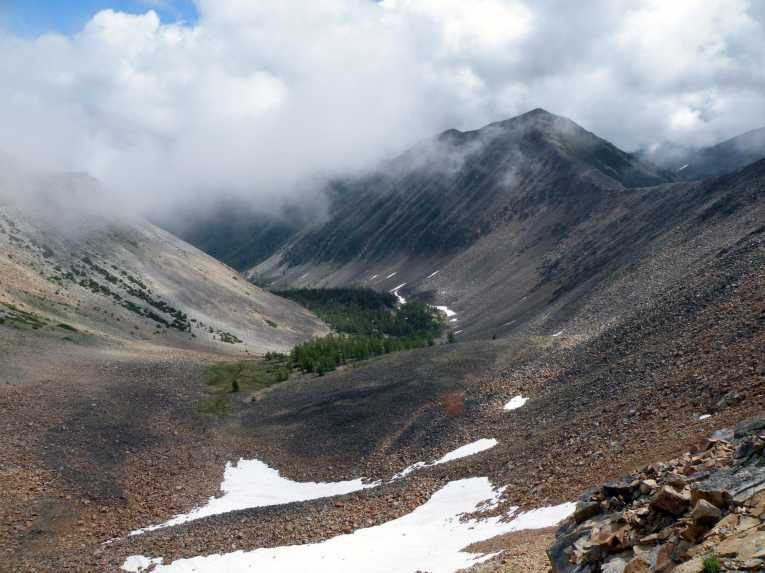

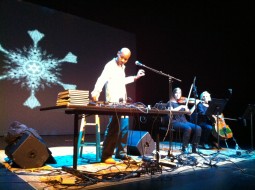


 Feature #2: Zero Population (start time 15:58)
Feature #2: Zero Population (start time 15:58) 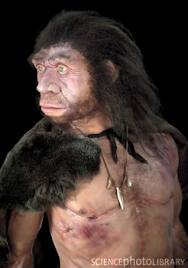
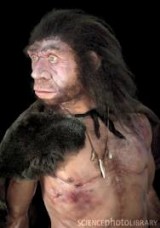 Feature #1: Neanderthals (start time: 6:01)
Feature #1: Neanderthals (start time: 6:01) Antarctica: Adventures in a Disappearing
Antarctica: Adventures in a Disappearing 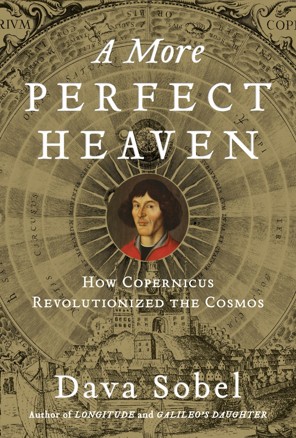
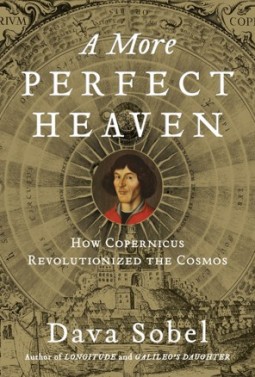


 elley Schlender visited with Colorado State University Scientist and Paleolithic Lifestyle expert
elley Schlender visited with Colorado State University Scientist and Paleolithic Lifestyle expert 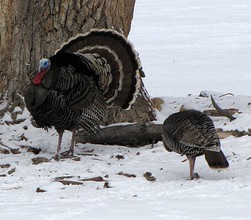

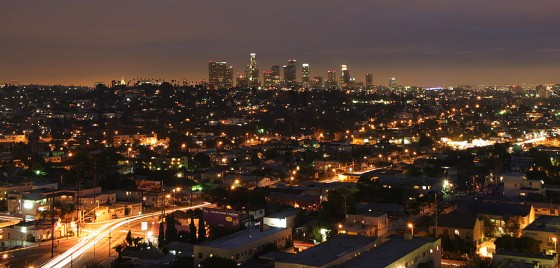
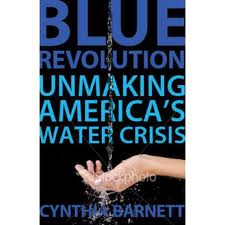
 Susan Moran has a telephone interview with
Susan Moran has a telephone interview with 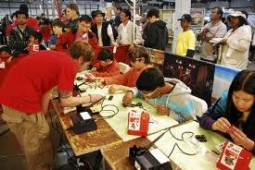 Jeff Branson of the
Jeff Branson of the 
 Tom McKinnon and
Tom McKinnon and 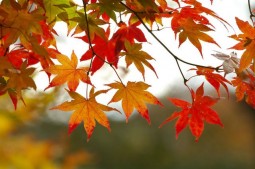 Shelley Schlender interviews
Shelley Schlender interviews